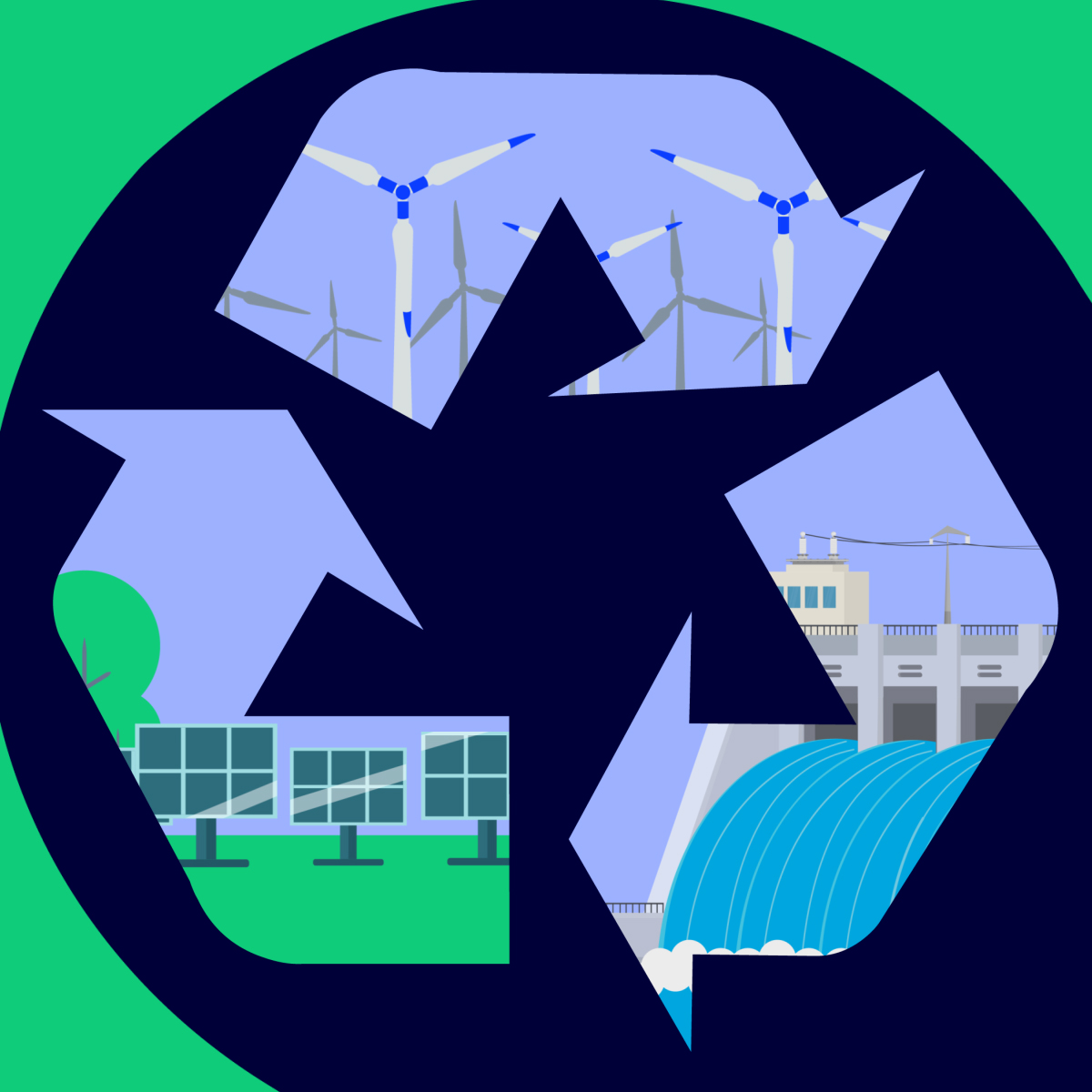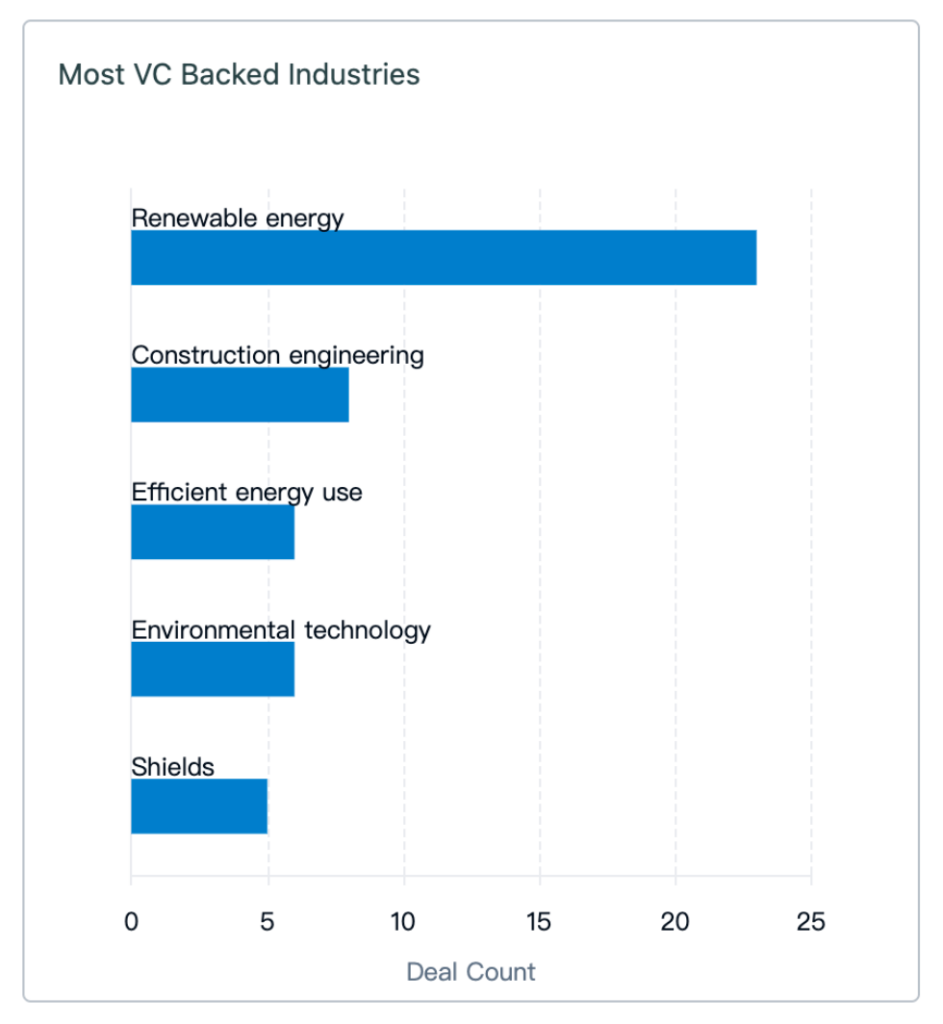
Climate change is one of the greatest challenges facing our planet today. The impacts of global warming are already being felt across the globe, from extreme weather events to rising sea levels. In response, scientists and engineers are working tirelessly to develop low-carbon solutions that can help reduce greenhouse gas emissions and slow the pace of climate change.
In this article, we’ll explore the latest research and development advancements in low-carbon solutions.
What are Low-Carbon Energy Solutions?
Low-carbon energy solutions refer to technologies and practices that produce or use energy with minimal greenhouse gas emissions. These solutions can include renewable energy sources such as solar, wind, hydropower, geothermal, and bioenergy, as well as low-emission forms of fossil fuel-based energy such as natural gas power plants with carbon capture and storage.
Additionally, energy efficiency measures, such as building insulation, LED lighting, and energy-efficient appliances, can also contribute to reducing carbon emissions. Low-carbon energy solutions are essential for mitigating climate change, enhancing energy security and resilience, creating new economic opportunities, and improving public health.
Why are Low-Carbon Energy Solutions Important?
Low-carbon energy solutions are critical for mitigating climate change and transitioning towards a sustainable, low-carbon future. The burning of fossil fuels, such as coal, oil, and gas, is the largest source of greenhouse gas emissions, which trap heat in the Earth’s atmosphere and cause global warming. According to the International Energy Agency (IEA), the energy sector accounts for approximately 75% of global greenhouse gas emissions. Low-carbon energy solutions, such as renewable energy sources (e.g., wind, solar, hydropower, and geothermal) and nuclear power, emit little to no greenhouse gases and can help reduce global emissions.
Moreover, low-carbon energy solutions offer multiple benefits beyond reducing greenhouse gas emissions. For example, they can enhance energy security and independence, create new economic opportunities and jobs, and improve public health by reducing air pollution. According to the IEA, renewable energy technologies are now cost-competitive with fossil fuels in many regions and can provide affordable, reliable, and clean energy to meet growing energy demand. By accelerating the deployment of low-carbon energy solutions and investing in innovation and research, we can build a more sustainable and resilient energy system that benefits both present and future generations.
Renewable Energy Advancements
Renewable energy is one of the most promising areas of research, and solar and wind power have become increasingly popular as viable alternatives to traditional fossil fuels. Advances in technology have made these energy sources more efficient and cost-effective, making them an attractive option for governments and businesses worldwide.
This has resulted in renewable energy being the most VC-backed industry in low-carbon solutions, which is not surprising considering the potential benefits of these solutions for mitigating climate change, enhancing energy security, and creating new economic opportunities.

Technological advancements have facilitated the rapid growth of solar energy in recent years. This sector has witnessed an almost doubling of investments YoY since 2020.
In 2021, the venture capital investments in solar energy totaled $19.49 billion, raised through 365 deals. Despite the drop in the number of deals to 321 the next year, investments surged to $36 billion. This trend reveals an increasing willingness among investors to commit larger amounts of money to individual solar energy deals.
The expanding investment in solar energy signifies its potential to become a significant source of clean and renewable energy, reducing the carbon footprint while simultaneously creating new job opportunities and driving economic growth.

Solar panels are now more efficient than ever before, with new designs that can generate power even in low-light conditions. In addition, the cost of solar energy has plummeted, making it a more affordable option for both residential and commercial users.
Wind energy has also seen significant growth in recent years, with the development of larger and more efficient turbines. Offshore wind farms, in particular, have the potential to provide a significant source of renewable energy. However, there are still challenges that need to be overcome, such as intermittency and storage.
The Future Looks Bright for Low-Carbon Solutions
Despite these challenges, the future looks bright for low-carbon solutions. Advances in renewable energy and carbon capture technologies offer hope for a cleaner, more sustainable future. As the technology continues to improve and become more affordable, we can expect to see wider adoption and a reduction in greenhouse gas emissions.
Ultimately, the latest research and development advancements in low-carbon solutions offer a glimmer of hope in the fight against climate change. Renewable energy sources such as solar and wind power, innovative energy storage solutions like battery technology, and emerging carbon capture and utilization technologies all have the potential to significantly reduce greenhouse gas emissions. While there are still challenges that need to be overcome, the benefits to both the economy and the environment make it clear that investing in low-carbon solutions is the right choice
Top Company Profiles on Discovery
